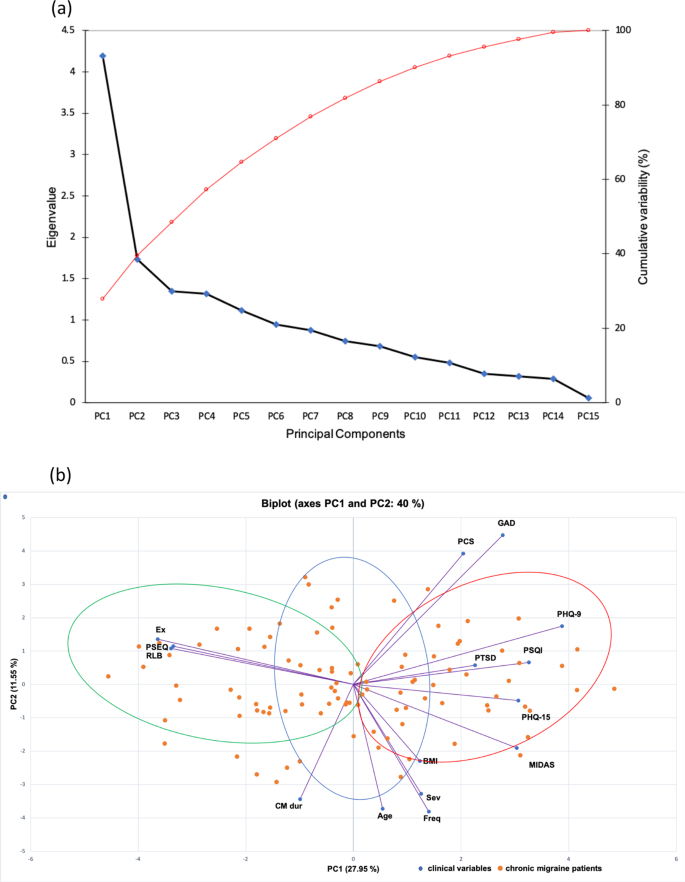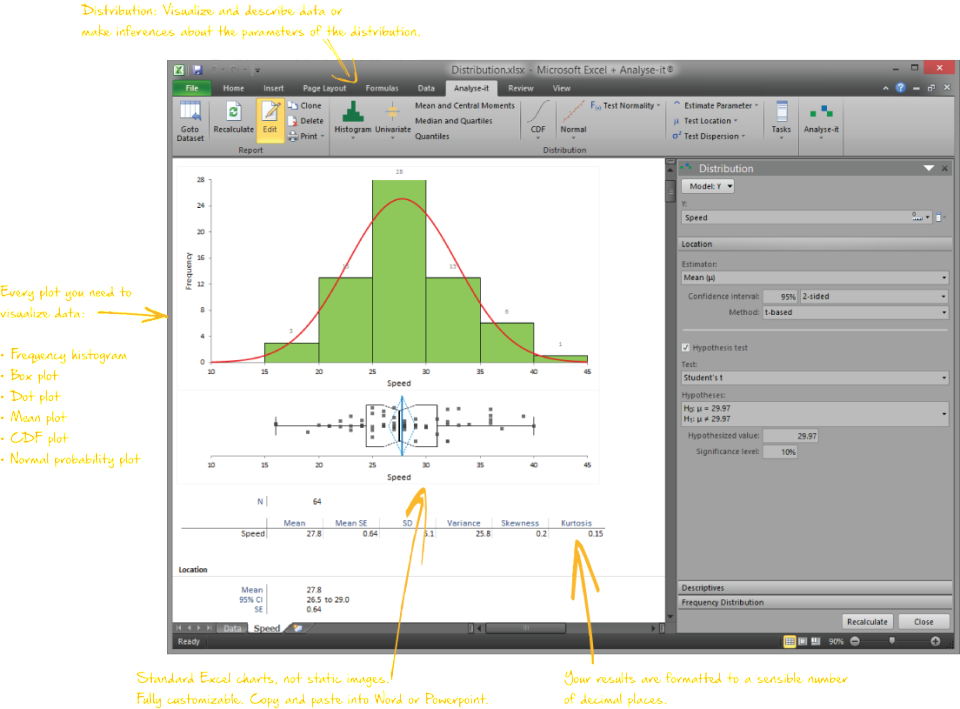

Within R it is simple to compute and visualize the distance matrix using the functions get_dist and fviz_dist from the factoextra R package. However, depending on the type of the data and the research questions, other dissimilarity measures might be preferred and you should be aware of the options. For most common clustering software, the default distance measure is the Euclidean distance. The choice of distance measures is very important, as it has a strong influence on the clustering results. Kendall correlation distance is defined as follow: Now,įor each, count the number of (concordant pairs (c)) and the number of (discordant pairs (d)). If x and y are correlated, then they would have the same relative rank orders. Begin by ordering the pairs by the x values. The total number of possible pairings of x with y observations is n(n − 1)/2, where n is the size of x and y. Kendall correlation method measures the correspondence between the ranking of x and y variables. The spearman correlation method computes the correlation between the rank of x and the rank of y variables. Different types of correlation methods can be used such as: Correlation-based distance is defined by subtracting the correlation coefficient from 1. Other dissimilarity measures exist such as correlation-based distances, which is widely used for gene expression data analyses. Where, x and y are two vectors of length n. The classical methods for distance measures are Euclidean and Manhattan distances, which are defined as follow: It defines how the similarity of two elements (x, y) is calculated and it will influence the shape of the clusters. The choice of distance measures is a critical step in clustering. There are many methods to calculate this distance information the choice of distance measures is a critical step in clustering. The result of this computation is known as a dissimilarity or distance matrix. The classification of observations into groups requires some methods for computing the distance or the (dis)similarity between each pair of observations.


#Elbow method xlstat how to#
Clustering Distance Measures: Understanding how to measure differences in observations.Data Preparation: Preparing our data for cluster analysis.Replication Requirements: What you’ll need to reproduce the analysis in this tutorial.This tutorial serves as an introduction to the k-means clustering method. K-means clustering is the simplest and the most commonly used clustering method for splitting a dataset into a set of k groups. Clustering allows us to identify which observations are alike, and potentially categorize them therein. Because there isn’t a response variable, this is an unsupervised method, which implies that it seeks to find relationships between the observations without being trained by a response variable. When we cluster observations, we want observations in the same group to be similar and observations in different groups to be dissimilar. Clustering is a broad set of techniques for finding subgroups of observations within a data set.


 0 kommentar(er)
0 kommentar(er)
